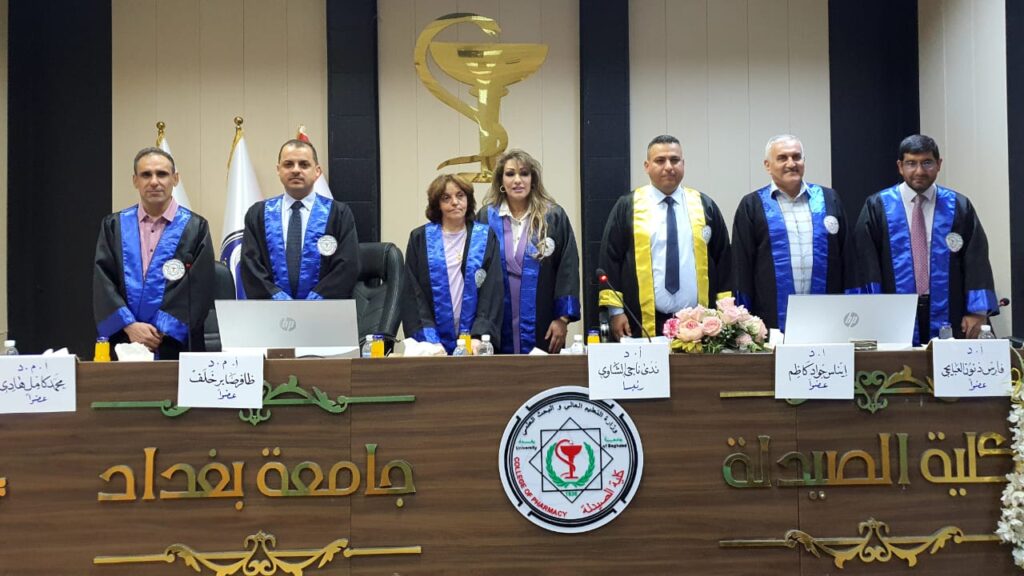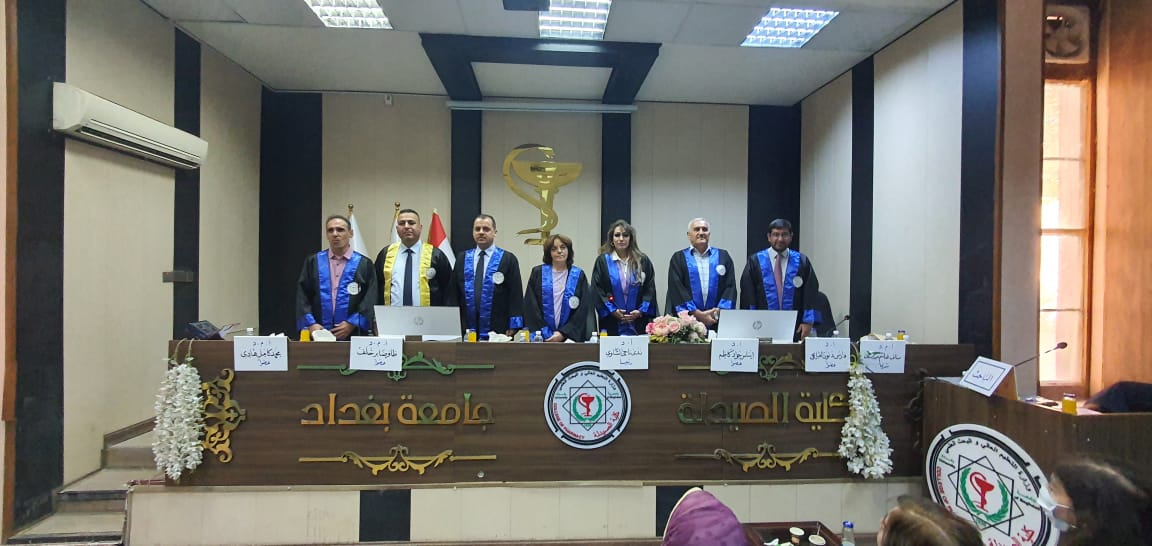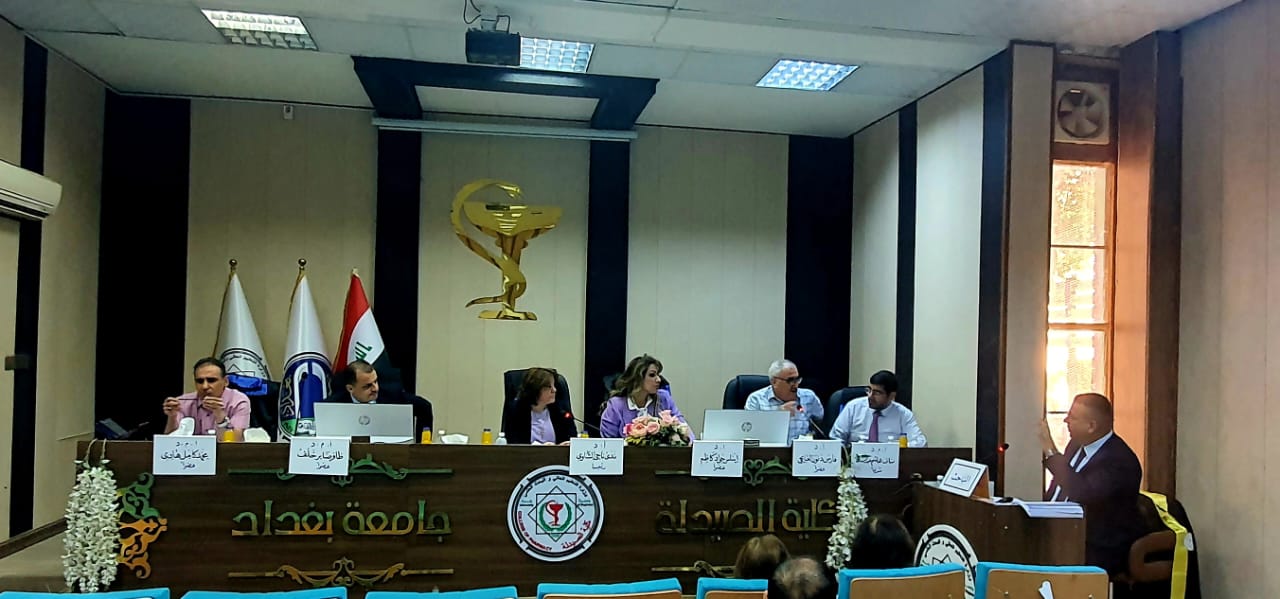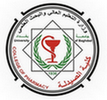The Faculty of Pharmacy at the University of Baghdad discussed the Ph.D thesis tagged (Synthesis, Cytotoxicity and Molecular Docking Study of New Quinazolinone Derivatives) for the student in the Pharmaceutical Chemistry Department, Mohammed Abdulameer Oleiwi, and his supervisor, Assistant Professor Dr. Munaf Hashim Abdulrazzaq. The thesis included the synthesis of eight compounds (I-VIII) derived from quinazolinone as new nonclassical antifolates bearing a1,3,4-thiadiazole ring as possible multitarget compounds and anticancer agents. The synthesis of the target compounds was done via multistep reaction procedures. The progress of the chemical reactions and purity of the products were checked by thin layer chromatography. The structures of the final compounds and their intermediates were characterized by Fourier transform infrared (FTIR), 1H-Nuclear Magnetic Resonance, and 13C-Nuclear Magnetic Resonance spectroscopic analysis. All the compounds were tested for their ability to inhibit cancer cell growth by the MTT assay using two cancer cell lines: breast cancer cell line (MCF-7) and lung cancer cell line (A549). Methotrexate and imatinib mesylate were used as references for comparison. All the compounds showed inhibition of growth of cancer cells with low cytotoxic effect against normal human fibroblast cells (NHF); compound I showed the highest potency (IC50 of 3.38 µM) against breast cancer cells compared to methotrexate (27.32 µM) and imatinib mesylate (6.54 µM). All the tested compounds displayed higher potency than methotrexate against the lung cancer cell line (A549) but lower than imatinib mesylate. The most potent one was compound II (IC50: 5.73 µM) compared to methotrexate (IC50: 259.4 µM). Compounds I and V were chosen for their ability to inhibit cell migration using a scratch wound healing assay, as well as their ability to induce apoptosis of cell death in cancer cell lines using the Acridine Orange/Propidium Iodide (AO/PI) double stain. The results of the wound healing assay showed that compounds I and V significantly (p<0.05) inhibited the migration of cells compared to the control untreated cells in both cancer cells (MCF-7 and A549). The results of the (AO/PI) double stain showed a significant increase (p<0.05) in apoptotic cells in the cancer cells that were treated with compounds I and V compared to untreated cells in both cancer cell lines.







